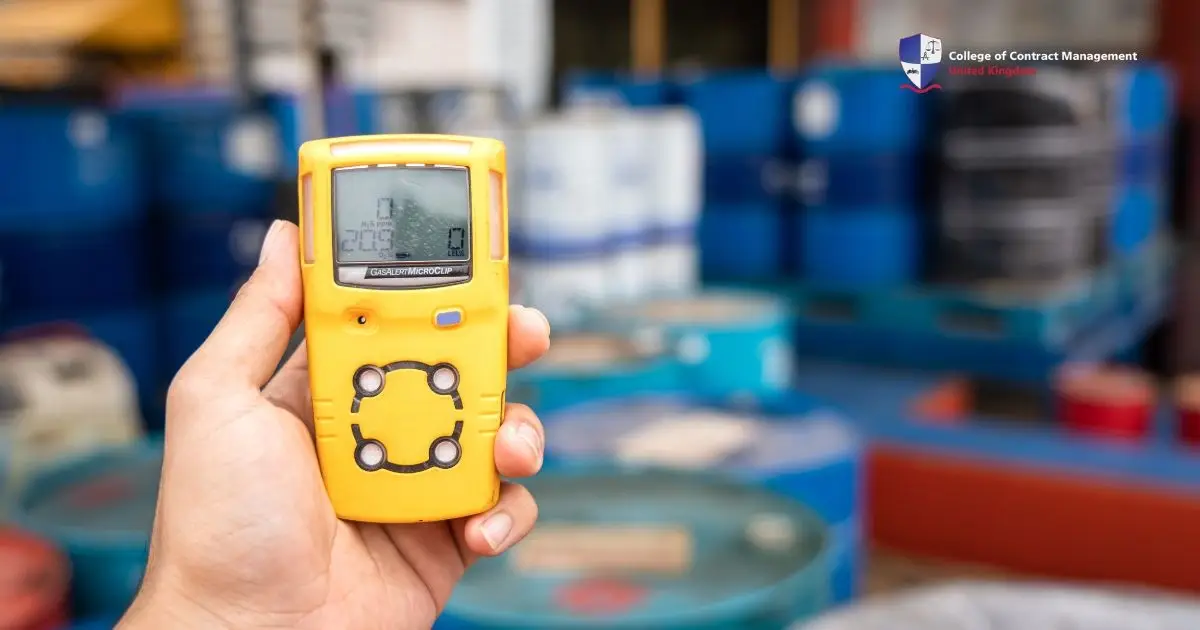Climate change is one of the most urgent problems for all global citizens. You can soon feel its impact with the rising temperature as months pass by. Scientists have been working to find the solution. One of these is the use of bioethanol fuel as an alternative energy source to replace fossil fuels.
The shift from fossil to renewable energy has been taking place in recent years. The world can’t depend on fossil energy for much longer because it will run out soon. Moreover, fossil fuels can cause climate change and pollute the environment. This article digs deeper into bioethanol fuel, and it hopes to add to your insights.
What is bioethanol fuel?
Bioethanol fuel is an eco-friendly fuel option that comes from biomass fermentation. Biomass itself refers to organic matter from organisms, such as plants, animals, and microorganisms. They are later made into sources of revived energies, like wood, animal faeces, and plant wastes. The making of the fuel uses microorganisms, like yeasts.
The fermentation converts glucose into ethanol without any oxygen. Ethanol, also known as ethyl alcohol, is found in alcoholic drinks. Perhaps you consume it as you apply hand gels and foams to your body. The benefits of ethanol now stretch into the renewable energy area. It never stops becoming a research topic for academics as the Earth is getting warmer.
The uses of bioethanol fuel
The history of bioethanol fuel, or ethanol, is quite old. It started in 1826 when an American engineer created the first combustion engine using ethanol. After that, scientists do many studies to extend the use of ethanol. Now, people know ethanol as an energy source that is cleaner and less harmful to the environment.
Bioethanol fuel invites people to look at the nearby plant waste and animal faeces. They serve as cheap and easy-to-find materials. Using the fuel source means recycling nature for nature. Below is the list of ethanol uses that are growing in scope over time,a nd you can find one that fits into the needs.
-
Transportation
Ethanol comes in various doses. Some vehicles mix ethanol with gasoline in different proportions, ranging from 10% to 85%. The strategy is to add octane and lower emissions. The others entirely use pure ethanol or 85% ethanol. Both schemes allow ethanol to burn more effectively than gasoline. The result is lower carbon footprints in the automotive sector.
-
Power production
The use of bioethanol fuel in this field is diverse. Some use ethanol to yield steam that pushes turbines to produce energy. Another example is using ethanol in fuel cells to change chemical power into electricity efficiently. It can be useful for generating electricity and heat to make energy more efficient.
-
Heating
Bioethanol fuel leaves fewer emissions than wood or gas. You can shift to ethanol to burn something at your house. The energy source won’t leave smoke or ash. You can rely on ethanol for indoor heating. There will not be any smoke or ashes that will cause you to clean the whole room.
-
Cooking
Similar to heating, you can opt for bioethanol fuel to cook everything. Instead of turning on a gas stove, ethanol offers a clean energy source. It offers cleaner power and becomes a safer method for cooking as compared to gas, which can explode. In addition, it saves more space as compared to traditional wood.
-
Chemical industry
Quite different from the previous ones, for this section, ethanol serves as a raw material in the production of chemicals. Ethanol helps to make cosmetics, paints, and even drugs. Those products are part of daily life. If you use certain medicines at the moment, perhaps ethanol is inside them.
-
Food sector
This sector uses bioethanol fuel to extract flavours and aromas from many ingredients naturally. It uses the flavours in food and drinks to draw attention from potential buyers. They will likely purchase the products as the aromas are commonly the key to winning their hearts. The fresh aromas should reflect the top qualities of the foods or drinks.
-
Cleaning industry
The industry includes bioethanol fuel as an essential aspect of cleaning products, like disinfectants and stain removers. It relies on its disinfectant and solvent traits to treat all dirt types. Ethanol can kill bacteria and viruses. You can use it to clean various stain types on soft and hard surfaces every day.
-
Printing
Ethanol is also a solvent in the printing sector. Using it will allow equal pigment distribution thus the fabrics look more beautiful. The printing industry chooses ethanol to lessen the time for drying. The quality of the printed fabrics becomes better and more vibrant. And of course, the printed results are eco-friendlier than petroleum-based solvents.
Benefits of bioethanol fuel
At least ethanol provides advantages in three sectors. On the environmental side, ethanol makes the Earth cooler than fossil fuels, which causes greenhouse gases. As a result, the Earth is warmer. As ethanol burns more cleanly than gasoline, the number of pollutants, like nitrogen oxides, becomes lower, thus increasing air quality.
The second benefit is on the economic side. The use of bioethanol fuel creates more jobs in agriculture, ethanol production, and related sectors. This is partly due to the frequent use of corn, sugarcane, and cassava as ethanol materials. New business entities in the sectors may open to meet growing demands for ethanol.
In the energy security sector, bioethanol fuel makes a country more self-reliant. It no longer only uses fossil fuels, such as oil, that are prone to price fluctuation. As a result, the country can reduce the number of budgets for oil imports. It can instead be used for other goals, like health or education.
Challenges in bioethanol fuel production
Ethanol production comes with specific problems. The most common one deals with material stocks. Planting and growing sugarcane, corn, and cassava require vast lands. This also requires enough water supply to make sure the fuel materials grow well. Focusing too much on the material stock for ethanol can reduce the supply of food to meet local food needs.
Any country that wishes to work on production seriously must create a balanced composition between the materials for ethanol and for public food. Otherwise, the prices of the materials may soar, making it difficult for the public to buy them. The next challenge in bioethanol fuel-making lies in the government policy as a whole.
It needs to give incentives and subsidies to the private sectors that develop ethanol. It has to create a set of holistic regulations to ensure that ethanol prices are competitive. If necessary, ethanol can be made a mandatory fuel source. The policy hopes to make the country a better living space with cleaner air and a healthier environment.
Study about the environment and health with CCM
Environment and health are two sectors that never stop opening career chances as they become the lifelines of the planet. The College of Contract Management creates a lot of lessons that discuss a wide range of issues, including the impact of good or bad environments on the physical body.
If you have special interests in mental health and physical health, the experts at the college are ready to help you with your studies. Fresh cases and new trends in the fields of bioethanol fuel, for example, will not be missed. Join their courses to enrich your insights and then embark on the career fields with more complete knowledge.





